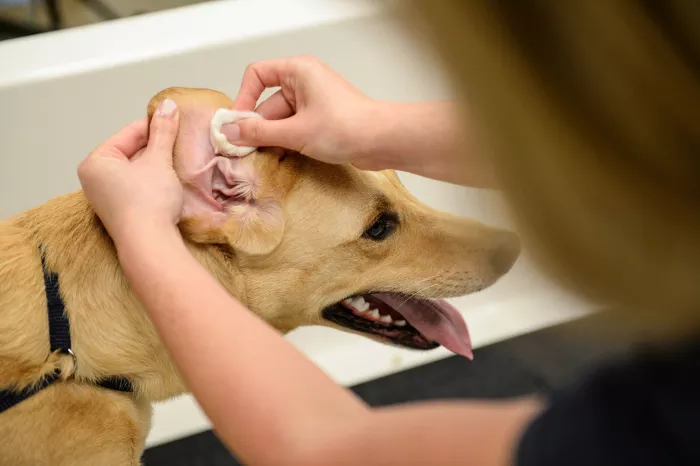Dog ear scars can be frustrating. They form when skin bunches up at the ends of a wound, creating small, raised flaps that resemble a dog’s ear. If you’re looking for ways to fix this, you’re in the right place. This guide covers everything—causes, treatments, recovery, and prevention.
What Is a Dog Ear Scar?
A dog ear scar happens when extra skin folds at the end of a surgical cut or injury. It’s common after stitches or surgeries where tension pulls the skin unevenly. These scars are harmless but can be annoying or affect appearance.
Why Do Dog Ear Scars Happen?
Dog ear scars occur for several reasons:
Uneven wound closure – If stitches are too tight or uneven, skin can bunch up.
Excess skin – Sometimes, extra skin remains after healing.
Poor healing – Infections or slow healing can lead to irregular scars.
Understanding the cause helps in choosing the best treatment.
Can Dog Ear Scars Go Away Naturally?
Small dog ear scars may flatten over time. However, larger ones often stay the same without treatment. Massaging the scar and using silicone gel might help slightly, but professional treatment works better.
Non-Surgical Treatments for Dog Ear Scars
If surgery isn’t an option, these methods may help:
1. Steroid Injections
Corticosteroid shots can soften and flatten raised scars. Multiple sessions may be needed.
2. Laser Therapy
Laser treatments smooth the scar by removing outer skin layers. It works best on newer scars.
3. Microneedling
Tiny needles stimulate collagen, helping the scar blend with surrounding skin.
These treatments work gradually and require patience.
Surgical Dog Ear Scar Revision
For the best results, surgery is often recommended. Here’s how it works:
1. Excision
The surgeon removes the excess skin and re-closes the wound neatly. Stitches are placed carefully to prevent new dog ears.
2. Z-Plasty or W-Plasty
These techniques reposition the scar to make it less noticeable. They work well for tight or wide scars.
3. Local Flaps
Nearby skin is moved to cover the scar, creating a smoother appearance.
Surgery provides quick, noticeable improvements but requires proper aftercare.
Recovery After Dog Ear Scar Revision
Healing takes time. Follow these steps for the best results:
Keep the area clean – Follow your doctor’s wound care instructions.
Avoid sun exposure – UV rays can darken scars.
Use scar creams – Silicone gels help with healing.
Wait for final results – Scars keep improving for up to a year.
Risks of Dog Ear Scar Revision
Like any procedure, risks include:
- Infection
- Bleeding
- New scar formation
- Uneven skin texture
Choosing an experienced surgeon reduces these risks.
How Much Does Dog Ear Scar Revision Cost?
Costs vary based on:
- Treatment type (surgical vs. non-surgical)
- Scar size and location
- Surgeon’s experience
Insurance may cover it if the scar causes discomfort. Otherwise, it’s usually cosmetic and paid out-of-pocket.
Finding the Right Surgeon
Look for:
- A board-certified plastic or dermatologic surgeon
- Before-and-after photos of past patients
- Good patient reviews
A skilled surgeon ensures natural-looking results.
Home Care Tips for Scars
Even without surgery, these tips help:
- Massage the scar daily to soften it.
- Apply sunscreen to prevent darkening.
- Use silicone sheets for flattening.
Consistency is key for improvement.
When to Consider Revision
If your scar:
- Causes discomfort
- Affects movement
- Makes you self-conscious
Then revision might be worth it.
Conclusion
Dog ear scars can be fixed. Whether you choose surgery, lasers, or other methods, smoother skin is possible. Talk to a dermatologist or plastic surgeon to pick the best option for you.
Related topics:
Can Plastic Surgery Remove Burn Scars?
Does Laser Freckle Removal Leave Scars?
Does Scar Tape Work On Stretch Marks?


